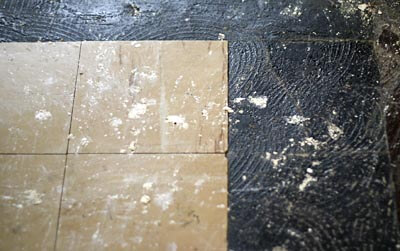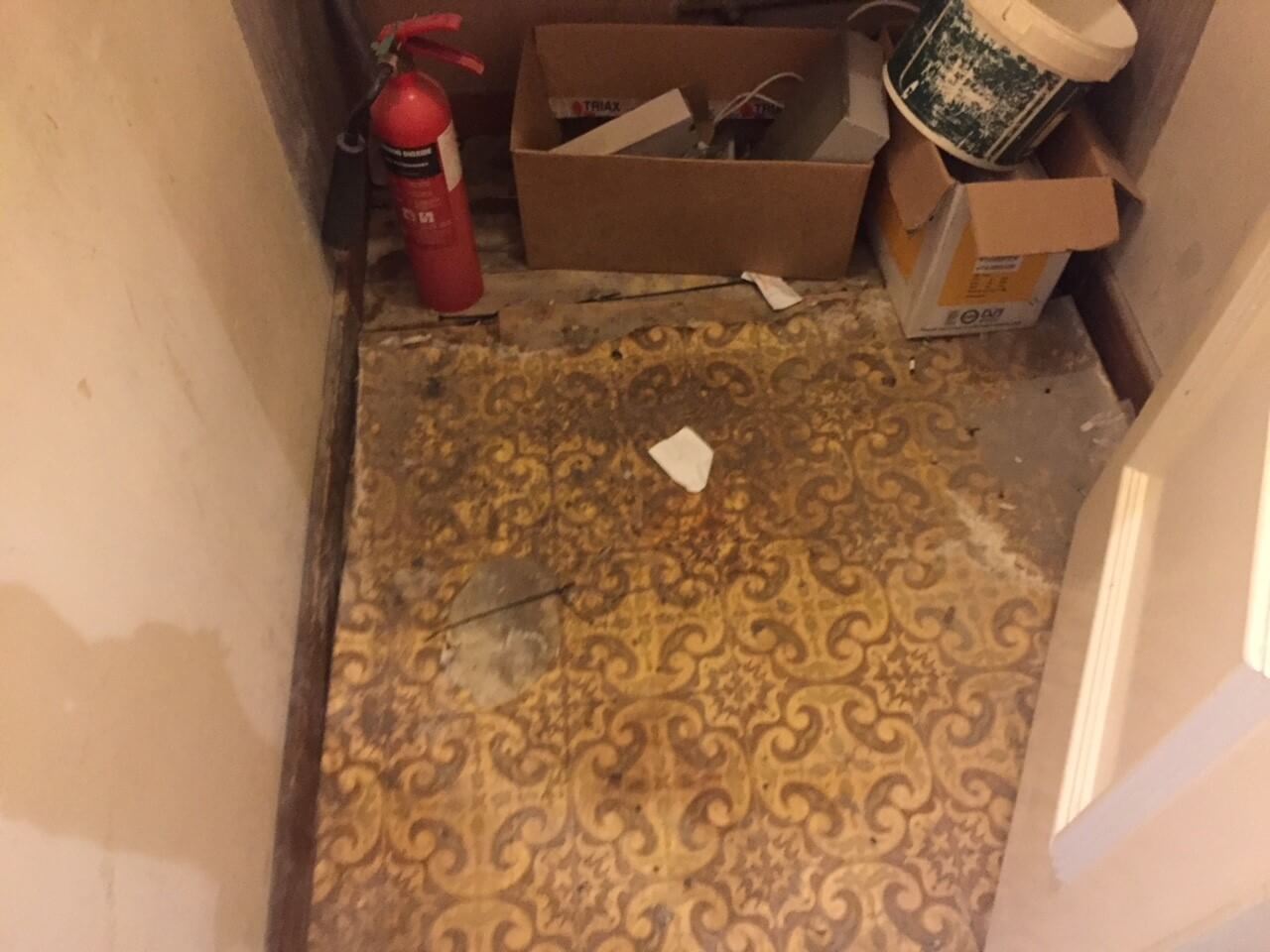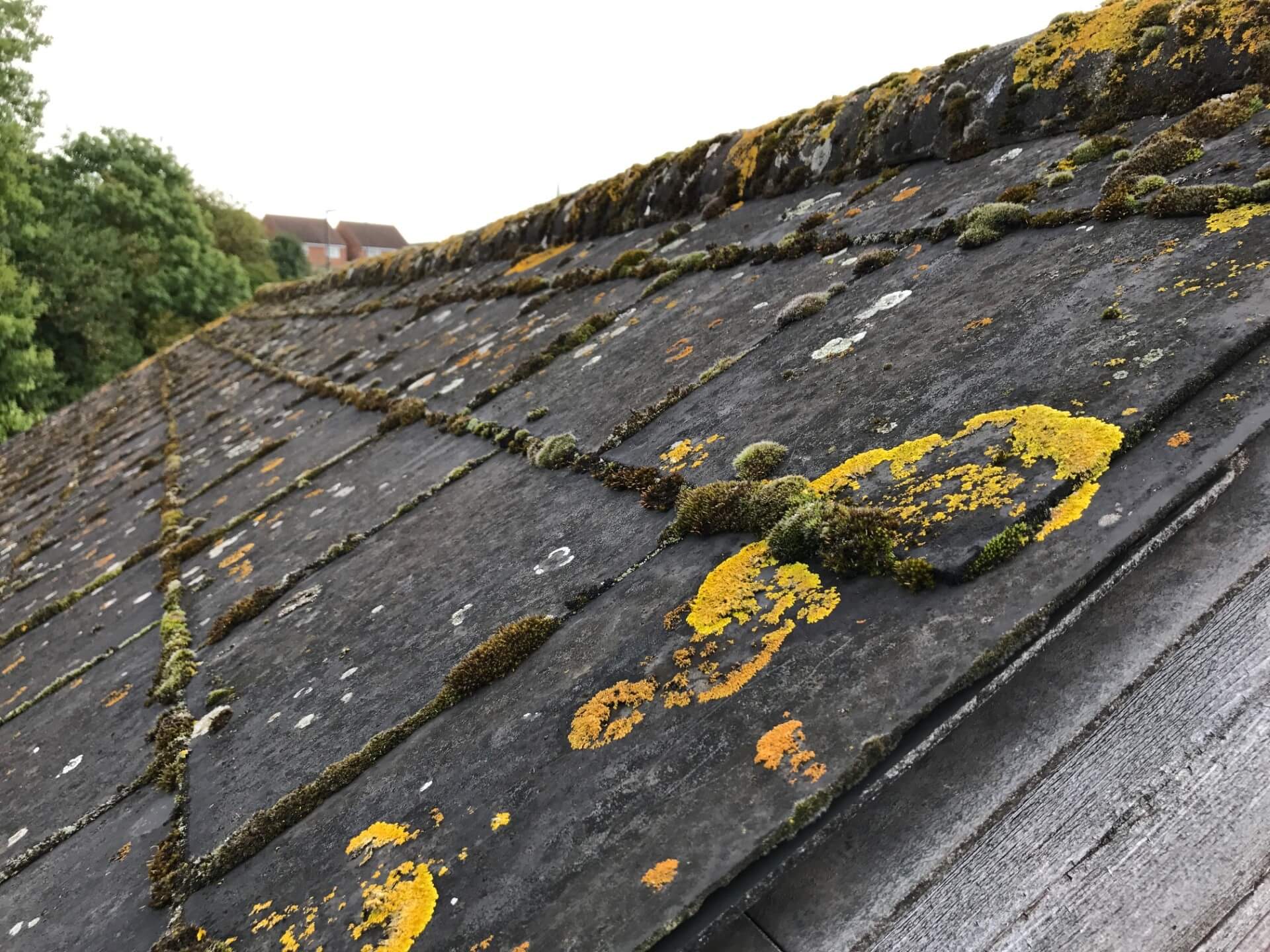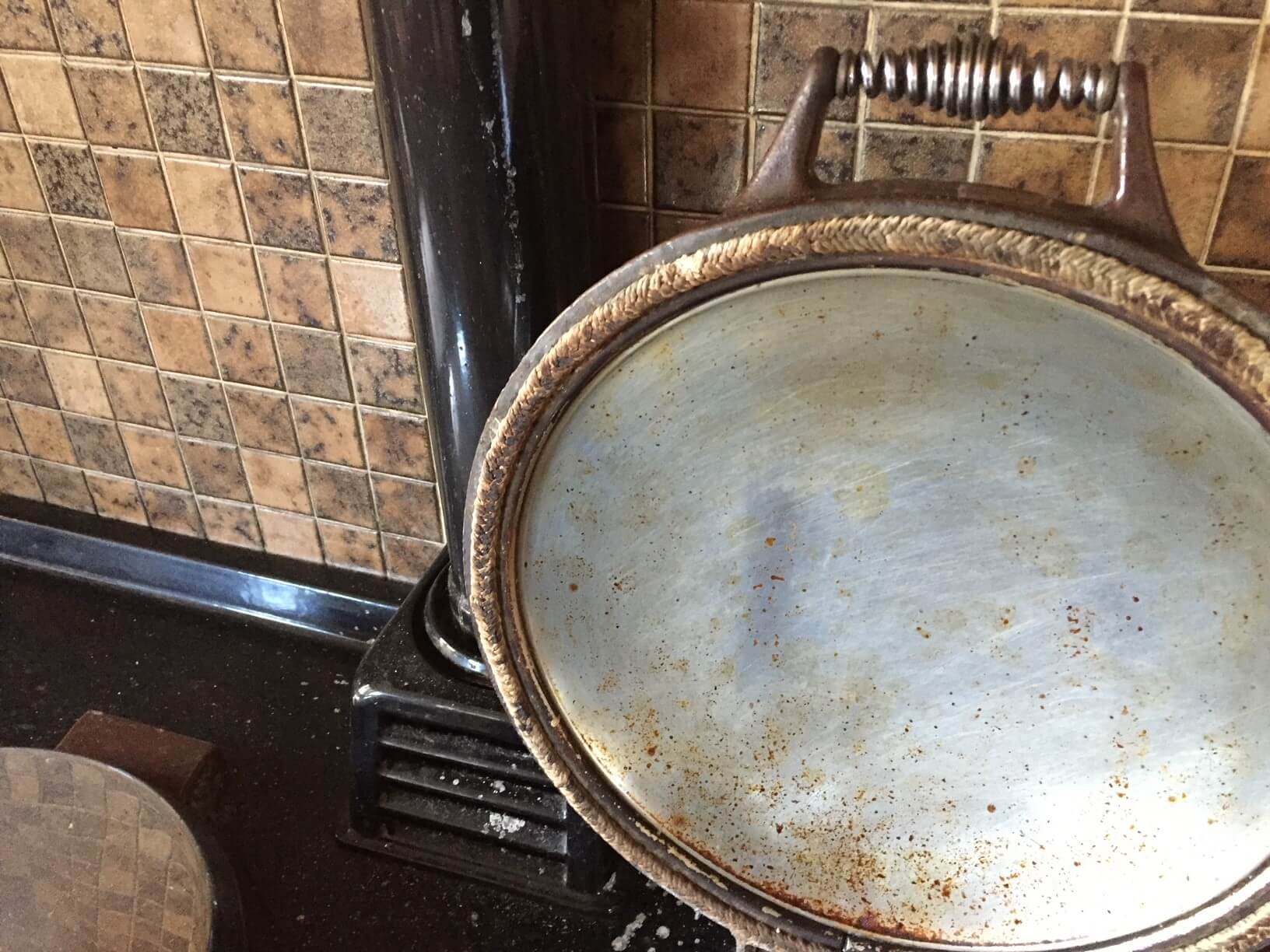Asbestos in the Home: Is Your Family at Risk?
Last Updated on 30 August 2023
Asbestos is a naturally occurring mineral that was previously praised for its exceptional heat-resistant and insulating qualities, making it a popular material used in homes and buildings. However, scientific progress has brought to light the serious health dangers linked to asbestos exposure, especially in residential or commercial settings. In this article, we will explore the dangers associated with asbestos in the home, how to identify its presence, effective methods for remediation, and steps you can take to ensure the safety of your home.
What is Asbestos?
Asbestos is a group of minerals that occur naturally and are made up of delicate fibres that break down to the width of a micron (thousandth of a millimetre). Due to its remarkable heat resistance and durability, it became widely favoured as a construction material for many years, especially from the 1940s to the 1990s. However, if someone is exposed to asbestos fibres for a long period of time (or possibly even a short period of time), it can result in severe health problems, including ultimately death.
The Hidden Threat: Where Can Asbestos Be Found in the Home?
If your home was built before the late 1980s, it’s important to consider the presence of asbestos. Here are some common places where asbestos materials can be found:-
Insulation Materials: In the past, asbestos was a commonly used material for insulation purposes. As such, It was often found in various insulation materials, including those used in attics, walls, and around heating systems.
Flooring , Floor Tiles and Coatings: In older homes, it’s possible to find flooring and floor tiles that contain asbestos. There’s also a chance of encountering textured coatings (such as Artex) that contain asbestos.

Asbestos floor tiles and adhesive

Vinyl flooring with asbestos paper lining
Insulation Boards: Used as soffits, canopies and around heater cupboards and boxing.
Roofing and Siding: Roofing and siding materials made from asbestos-cement were commonly utilised because of their water resistance and durability.

Asbestos roof tiles
Pipes and Ducts: In older homes, asbestos textiles and mastics were commonly utilised to wrap pipes and seal ducts.
Appliances: Some household appliances, like older ovens, electric/gas fires and heaters might contain asbestos components in their construction.

Textile seal to old AGA cooker
Health Implications of Asbestos Exposure
Exposure to asbestos fibres can cause a range of serious health problems, such as:-
Lung conditions
Asbestos fibres, when disturbed, become airborne and can be easily inhaled. These microscopic fibres can lodge themselves in the lungs, leading to serious health issues over time as follows:-
Asbestosis: a type of lung disease that occurs over a long period of time. It causes scarring of the lung tissues, which can make it difficult for a person to breathe properly.
Lung cancer: can be a serious concern for individuals who have been exposed to asbestos for extended periods of time, particularly if they are also smokers.
Mesothelioma: a type of cancer that is considered rare and aggressive. It primarily affects the lining of the lungs, abdomen, or heart and has the lowest survival rate of any cancer. Mesothelioma is almost exclusively caused by asbestos exposure.
Identifying and managing asbestos in the home
Professional Inspection: Consider hiring a qualified Asbestos Surveyor to evaluate the potential asbestos hazards in your home. Their expertise ensures accurate identification, reducing the risk of exposure.
Avoid Disturbing Materials: It is important to avoid disturbing materials that contain asbestos, especially if they are still intact. Therefore, If you suspect the presence of asbestos, avoid drilling, cutting, or disturbing any materials that could release fibres. Leave this to trained or licensed professionals.
Encapsulation or Removal: In certain situations, it may be recommended to either encapsulate (seal) or professionally remove the asbestos containing material (ACM).
Enclosure: Creating an airtight enclosure around asbestos materials can help reduce or prevent fibre release. This method is suitable for materials that can’t be easily removed.
Regular Maintenance: If you suspect past exposure or live in an older home, then It’s important to regularly monitor materials that contain asbestos to check for any signs of damage or deterioration.
Proper Ventilation: Good ventilation can reduce the concentration of airborne asbestos fibres, minimising the risk of inhalation.
Precautions During Home Renovations
Testing: It is important to conduct a test for asbestos presence before renovating an older home. So If you’re unsure whether a material contains asbestos, arranging for a surveyor to collect and send samples to a certified laboratory for testing can provide conclusive results. In some cases a full survey will be more appropriate
Appropriate Protection: To ensure your safety, it is important to wear the PPE & RPE (personal protective equipment & Respiratory protective equipment) if you decide to undertake sampling yourself.
Clean-Up: Please ensure that the area is thoroughly cleaned using approved methods and dispose of any waste as hazardous material following sample collection.
Asbestos Removal: Removal or remedial work should only be undertaken on asbestos containing materials ACM’s if you have appropriate training or a license from the HSE.
Conclusion – Asbestos in the Home
In conclusion, once considered a highly regarded building material, asbestos now presents a considerable health hazard when found in the home. As a result, It is of utmost importance to identify and effectively manage asbestos in order to protect the health and well-being of residents.
Homeowners can ensure a safer living environment for themselves and their loved ones by gaining an understanding of potential risks, implementing preventive measures, and seeking professional assistance when necessary.
Frequently Asked Questions
Is all asbestos considered to be dangerous?
Yes. However, some products are deemed more dangerous than others based on the amount of asbestos they contain, their relative density and their condition.
How can I tell if my home has asbestos?
Look for signs like artex ceilings, vinyl floor tiles, insulation boards or pipe insulation. There are thousands of different asbestos products. Professional inspection and laboratory testing provide accurate results.
Is it possible for me to conduct an asbestos test on my own?
Although DIY testing kits are readily accessible, it is highly recommended to opt for professional testing in order to obtain accurate results. These should only be used on a limited basis for low risk products such as Artex or floor tiles.
Is it safe for me to handle and encapsulate materials that contain asbestos by myself?
Generally not unless you are specially trained or licensed. It is recommended to seek advice from professionals when it comes to encapsulation. This is because if the sealing is done incorrectly, it can result in the release of harmful fibres.
Is encapsulation a permanent solution?
While encapsulation can be effective, it may need periodic monitoring and maintenance.
How can I dispose of asbestos-containing materials?
It is important to treat asbestos waste as hazardous material and ensure that it is disposed of in accordance with the regulations in the country you reside.
Can a newer home have asbestos?
While newer homes are much less likely to have asbestos, some building materials may still contain trace amounts. Therefore, It’s best to consult professionals for assessment. No buildings should contain asbestos after 1999 when it was banned in the UK
Is there a level of asbestos exposure that can be considered safe?
According to WHO (World Health Organization), there is no level of asbestos exposure that can be considered entirely safe. Even a small amount of exposure carries an uncertain degree of risk.
Need asbestos advice?
We hope you found our article on asbestos in the home both useful and informative. If you need any help or advice at all with any aspect of asbestos then we’ll be very happy to assist you. Give us a call and our experts will give you some advice and guidance on whatever if is you’re concerned about.
Please contact us on 0800 141 2676, email us at info@rbasbestos.co.uk or fill in the form below.
Our professional asbestos surveyors conduct asbestos inspections and asbestos surveys every day across the UK on all types of properties, both residential and commercial, for private home owners and commercial property Managers and owners. So when it comes to managing asbestos in your property, you’re in very safe hands with RB Asbestos Consultants.

